I love dogs, all dogs, and yet I’d hesitated to do a deep dive into the sporting group because I knew these were the natural-born hunters and companions to hunters. I get a bit squeamish about hunting, though raised in a family populated with hunters and fishing enthusiasts on both sides. I decided to get over myself and do a nose-dive into this group and several lesser-known breeds that are part of it because it also happens to be the group that contains such lovable breeds as Labrador Retrievers, Golden Retrievers and Irish Setters.
The AKC description of the group reassured me as they are deemed “naturally active and alert” as well as being “likable, well-rounded companions”. So, not the mercenary hunters that I envision when I pictured my initial concept of the Sporting Group.
Though I am well-versed in all things to do with dogs, I am not all that familiar with the AKC’s grouping mechanisms, which is why I decided to do this series of Group Spotlights, and I quickly learned I had a relatively skewed idea of the dogs in the Sporting Group. After all, I’d done in in-depth report on the Terrier Group, which is a far more “blood thirsty” group, as they were bred to “go to ground” after all kinds of critters. I’d also looked at the Hounds, and it is they who chase down prey in the most relentless manner.
It was when I discovered what one expert said of the Sporting Group, in general, that I realized how flawed my perspective of these dogs had been. They said: “You don’t have to hunt to own a Sporting dog, but he will probably appreciate it if you do. The dogs of the Sporting Group were bred to help hunters flush, retrieve and find or point birds and other prey either by land, by water or both.”
They don’t actually hunt, but instead flush, point out and go and retrieve whatever their hunting humans manage to catch. Boy, talk about being wrong! Almost instantly, I realized that the Sporting Group actually contained some of my favorite breeds, and ones I hadn’t often associated with hunting and sporting. The full list of breeds includes:
-
American Water Spaniel
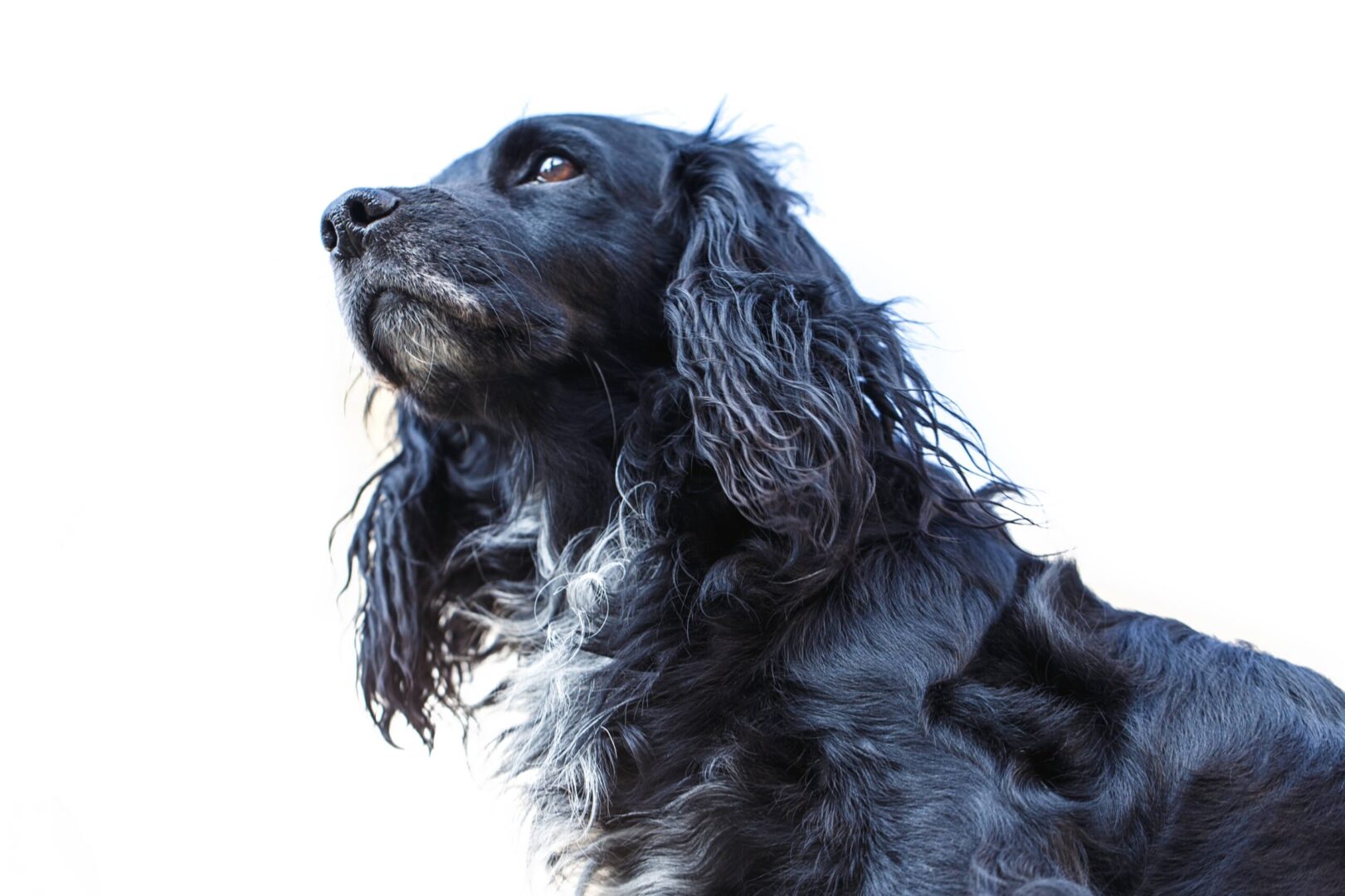
-
Boykin Spaniel
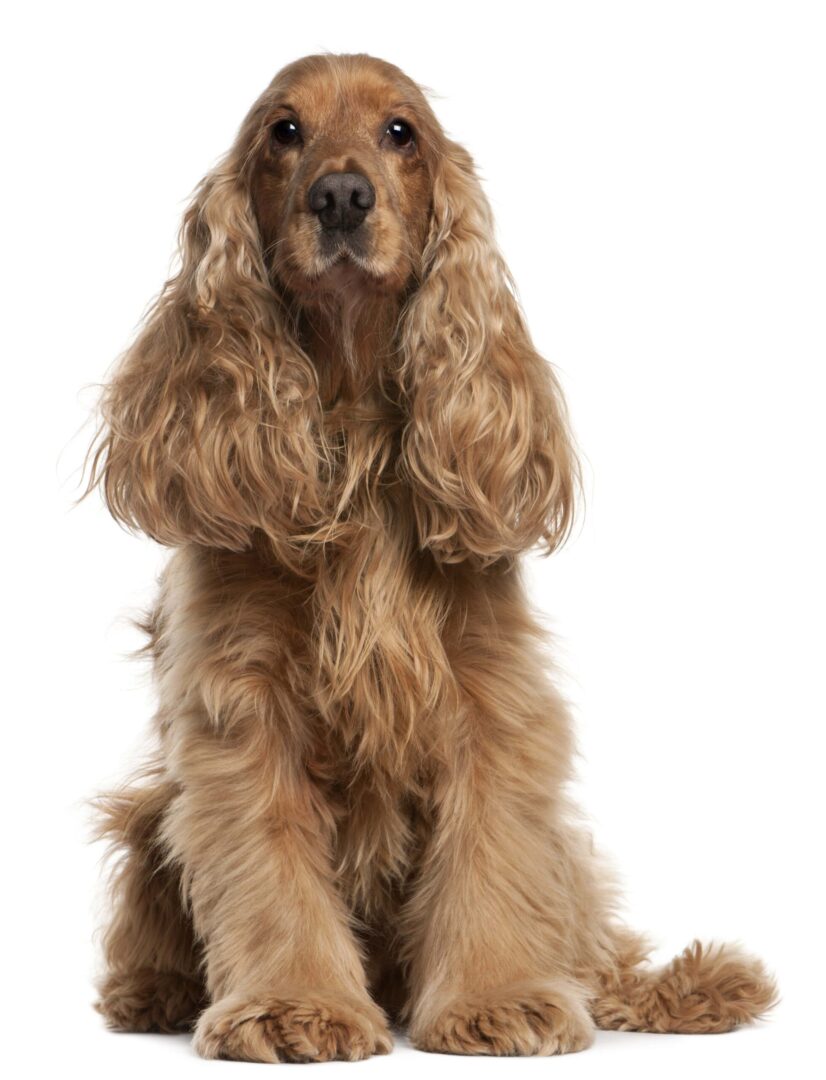
-
Brittany
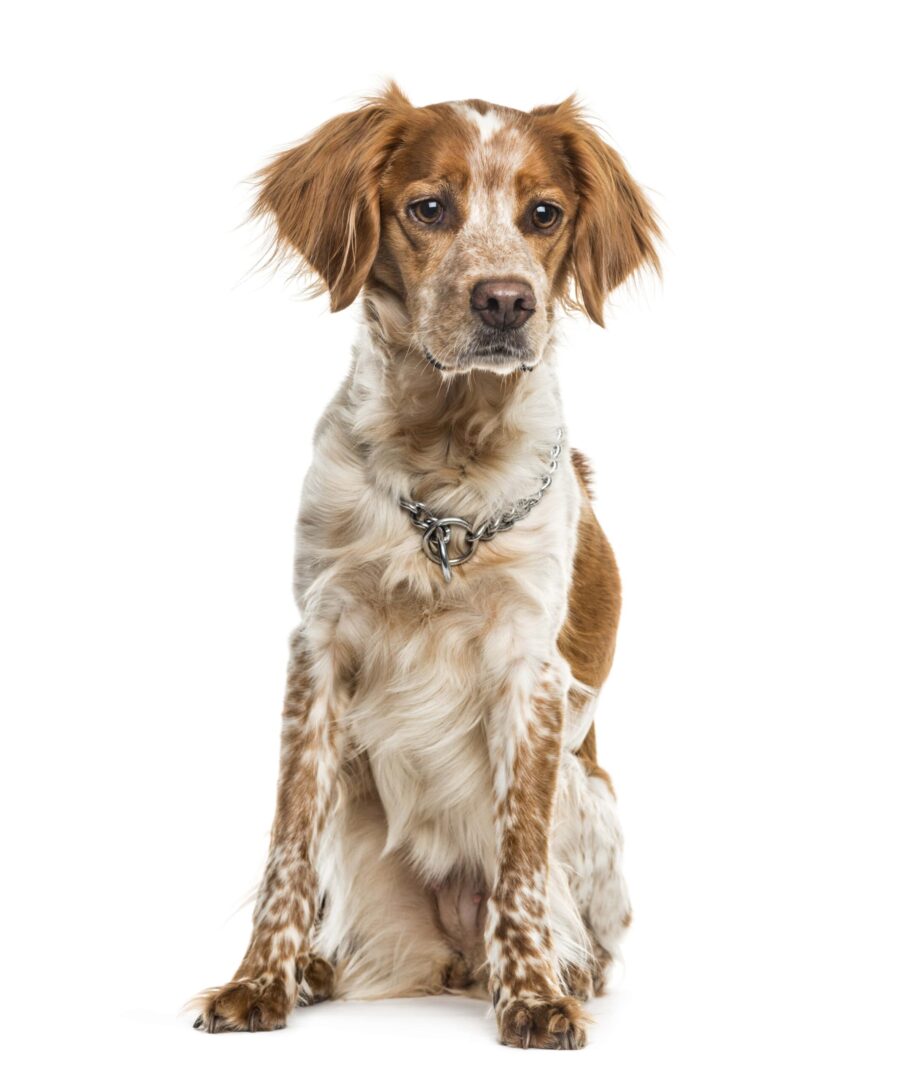
-
Chesapeake Bay Retriever

-
Clumber Spaniel
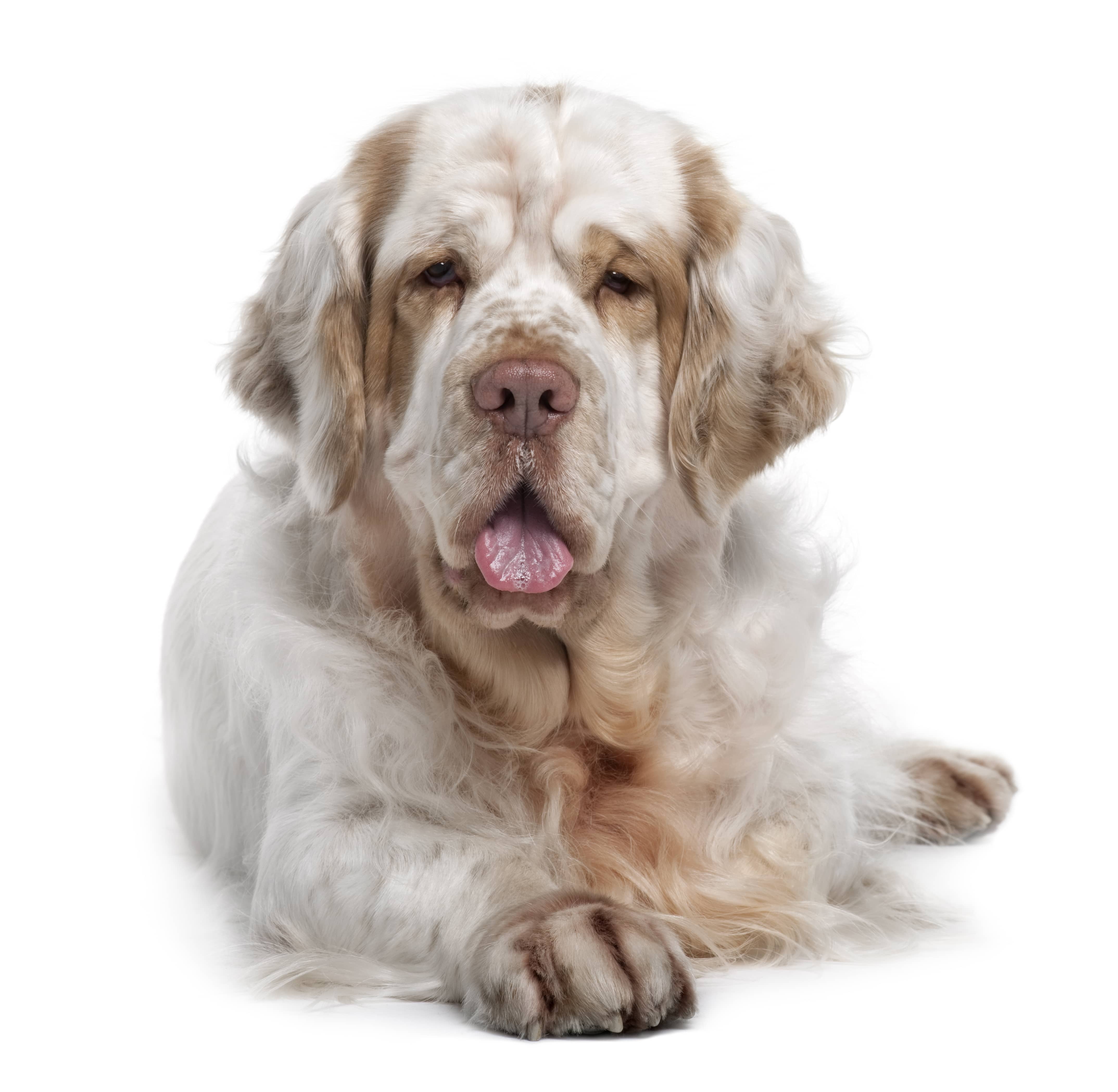
-
Cocker Spaniel
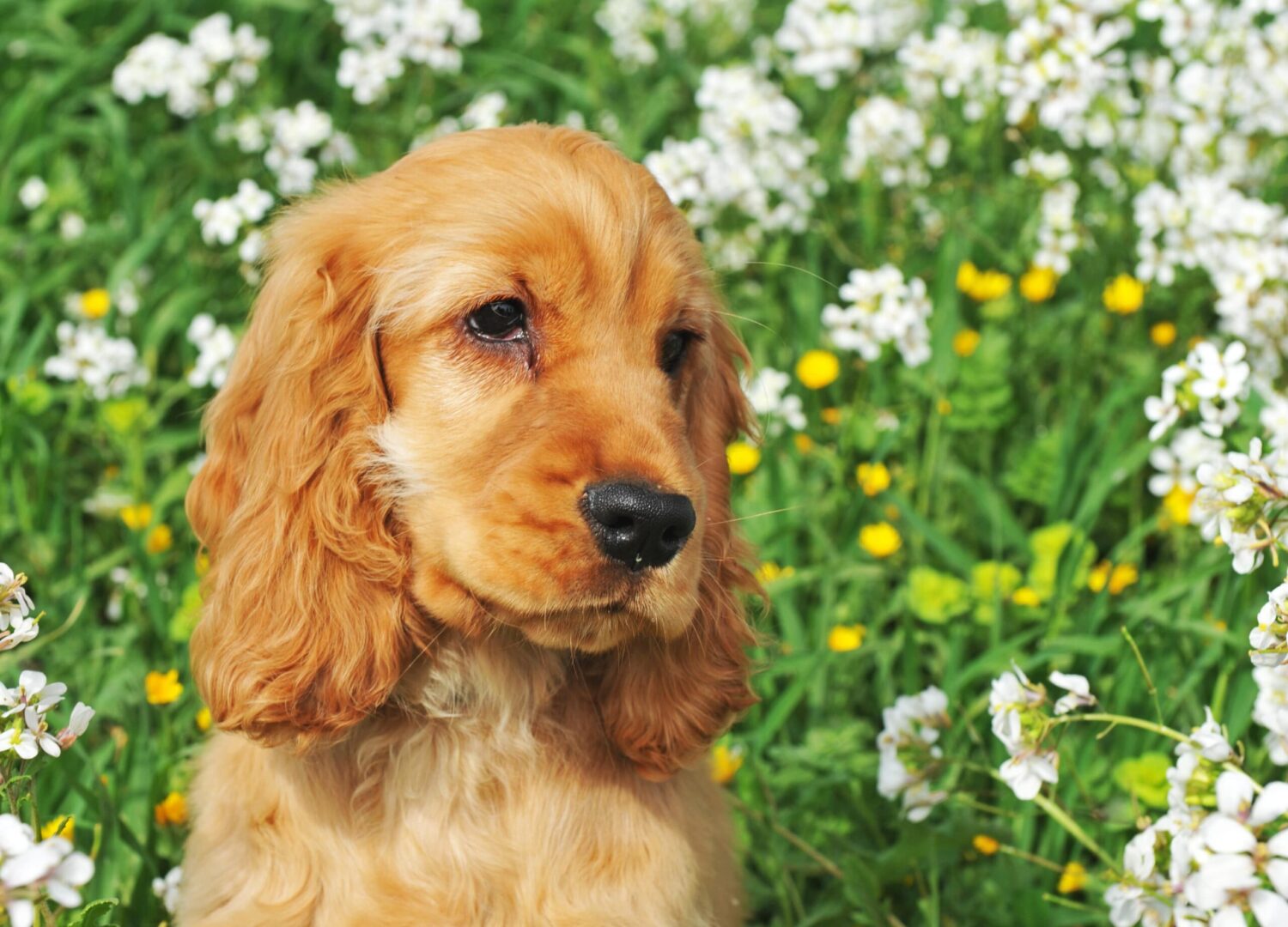
-
Curly-Coated Retriever
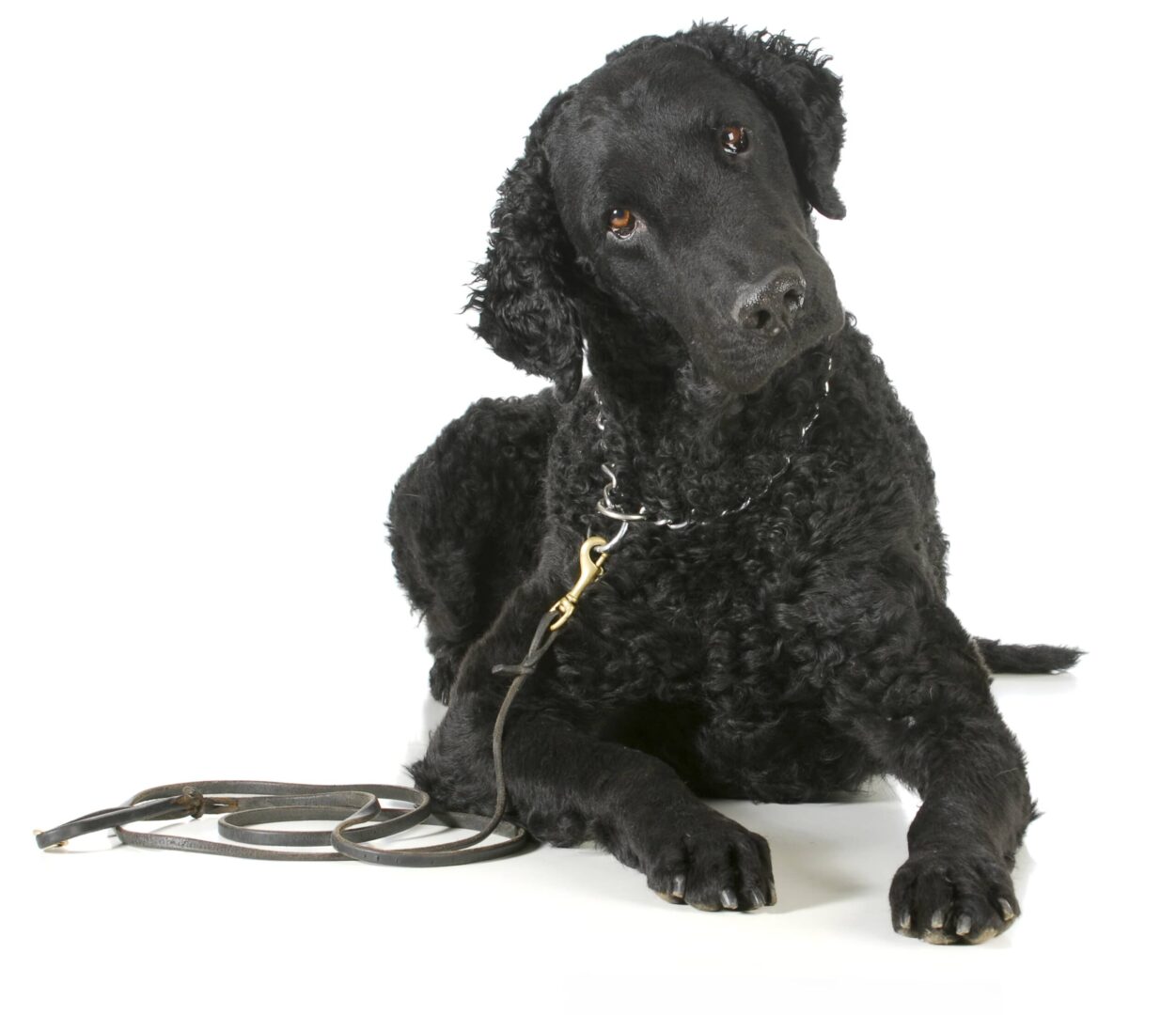
-
English Cocker Spaniel
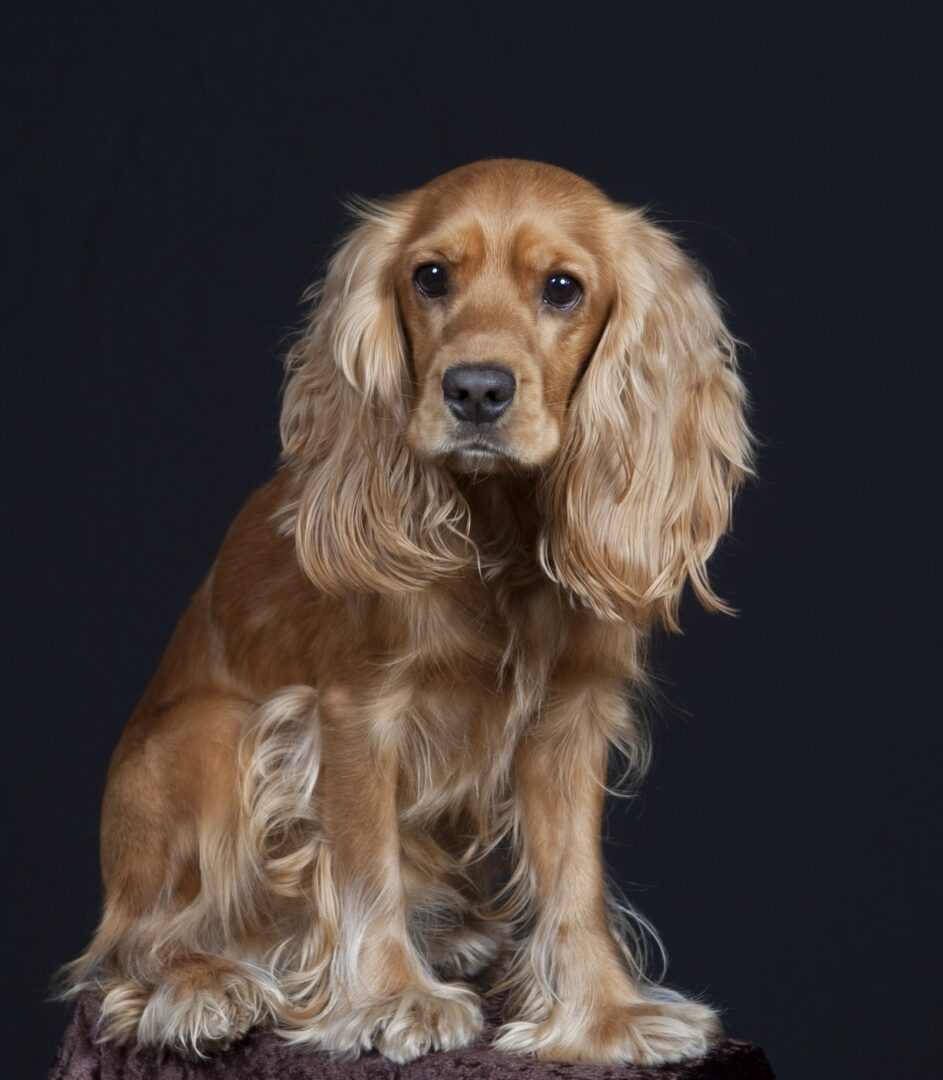
-
English Setter
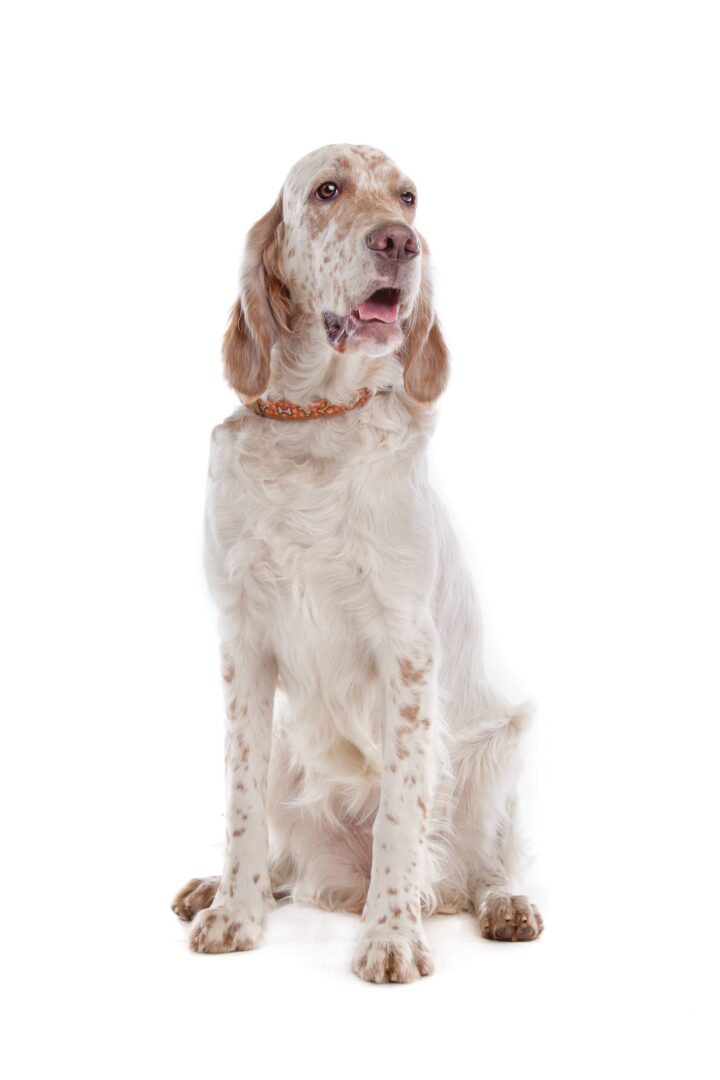
-
English Springer Spaniel
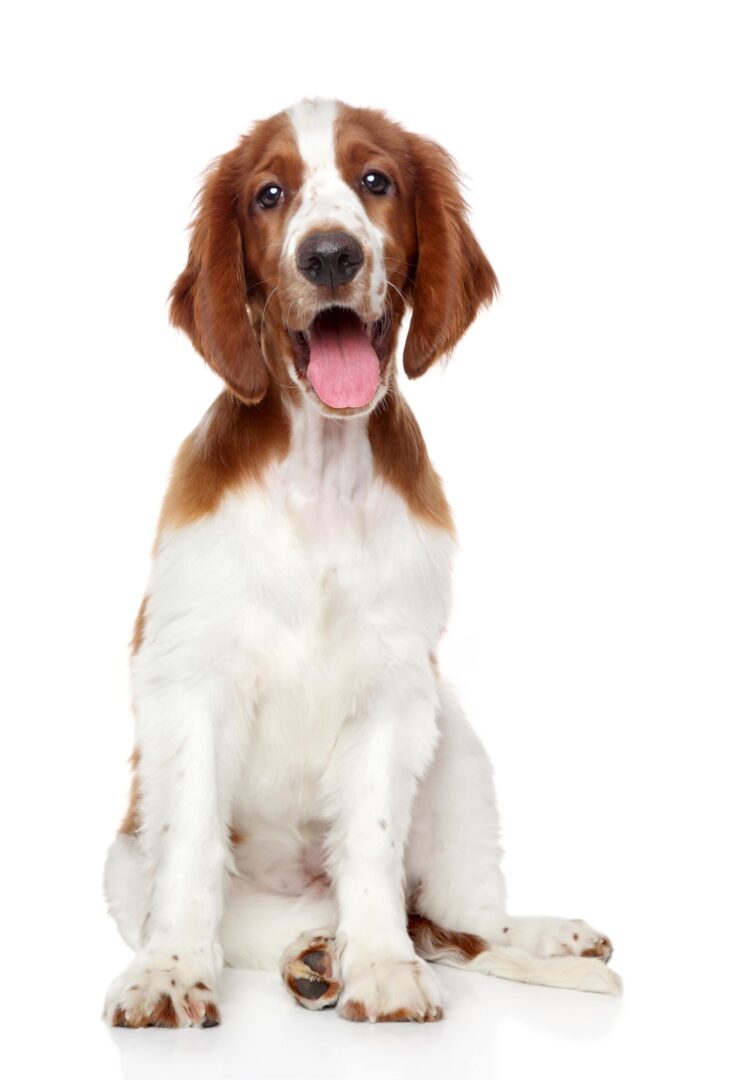
-
Field Spaniel

-
Flat-Coated Retriever
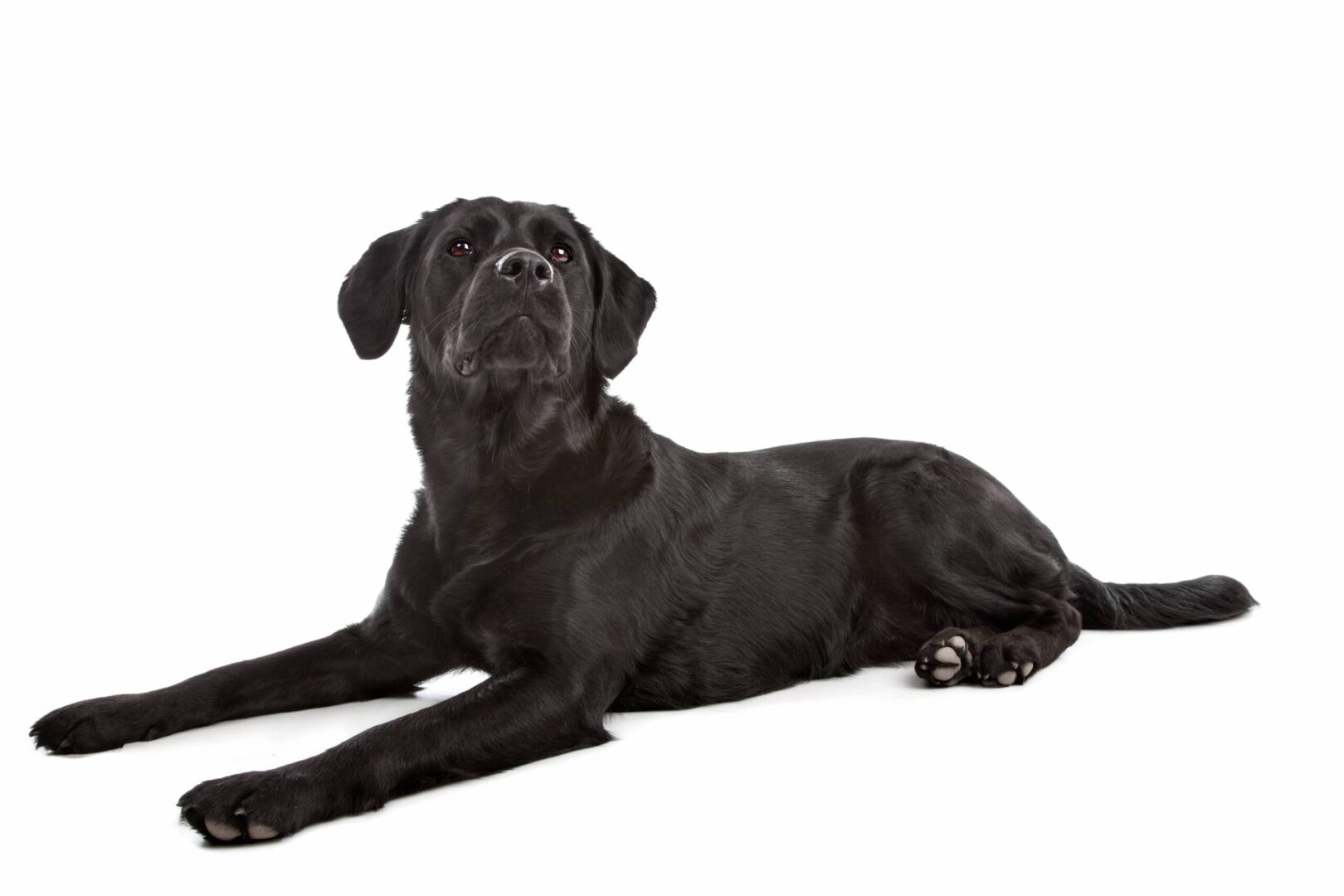
-
German Shorthaired Pointer
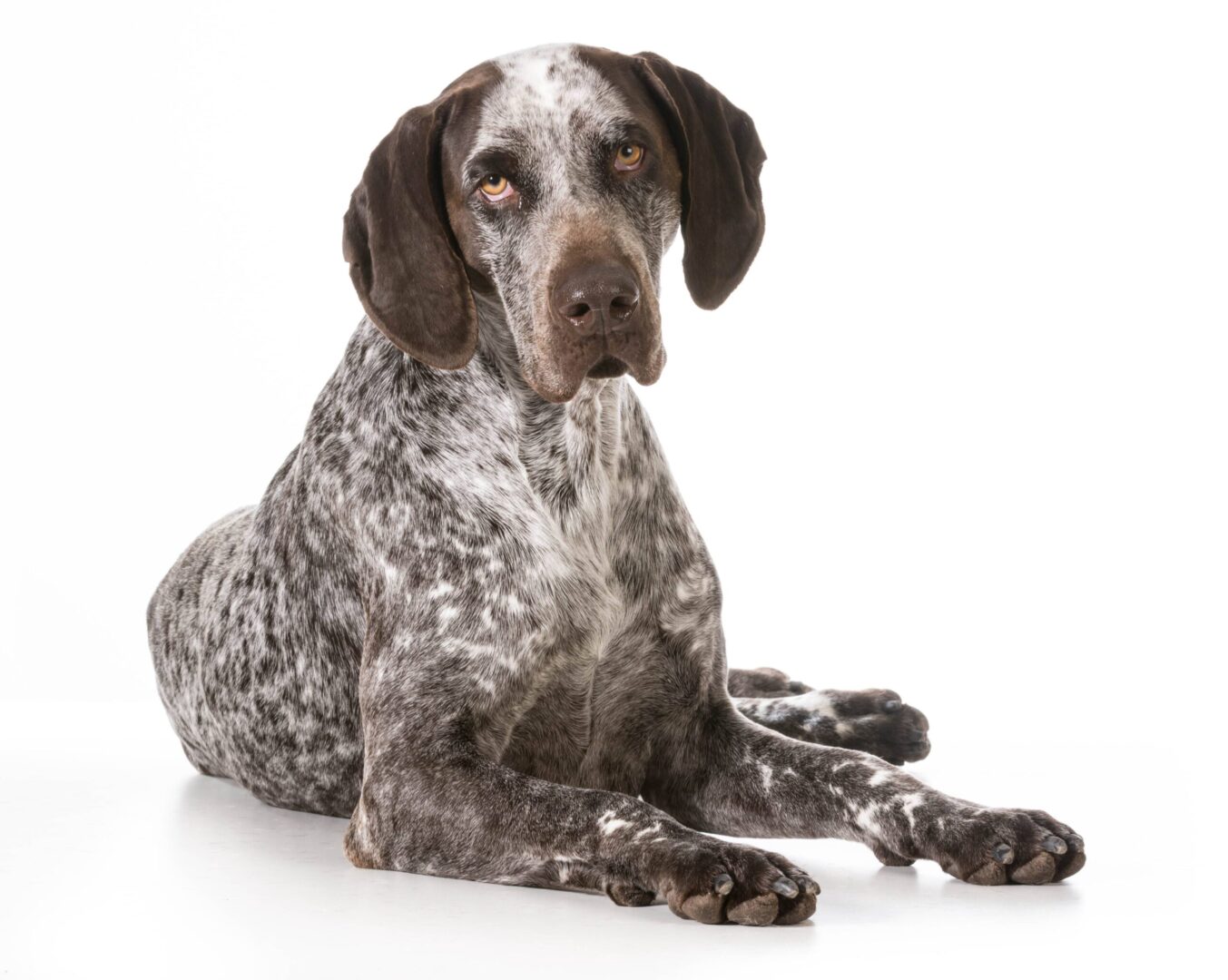
-
German Wirehaired Pointer
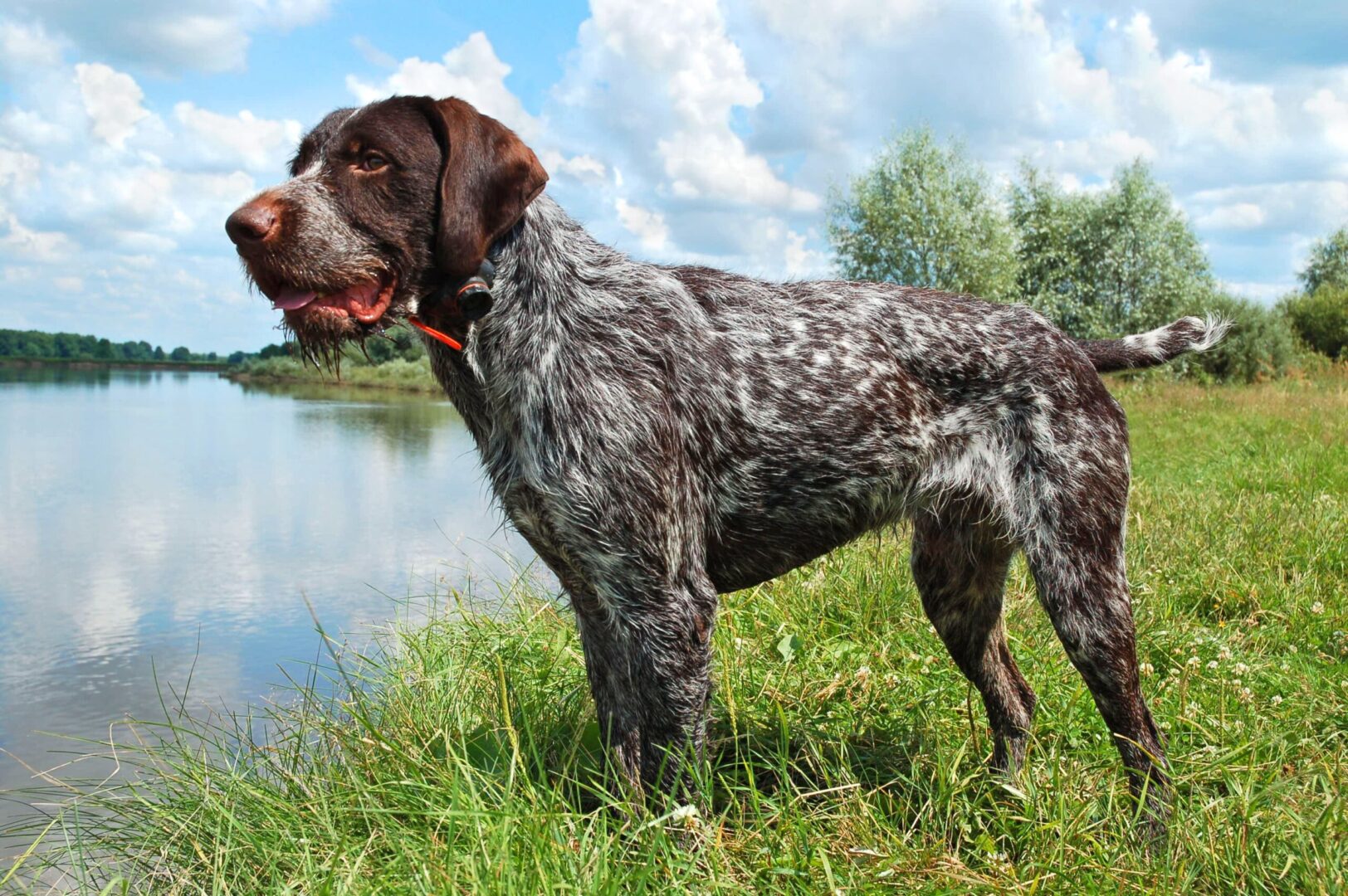
-
Golden Retriever
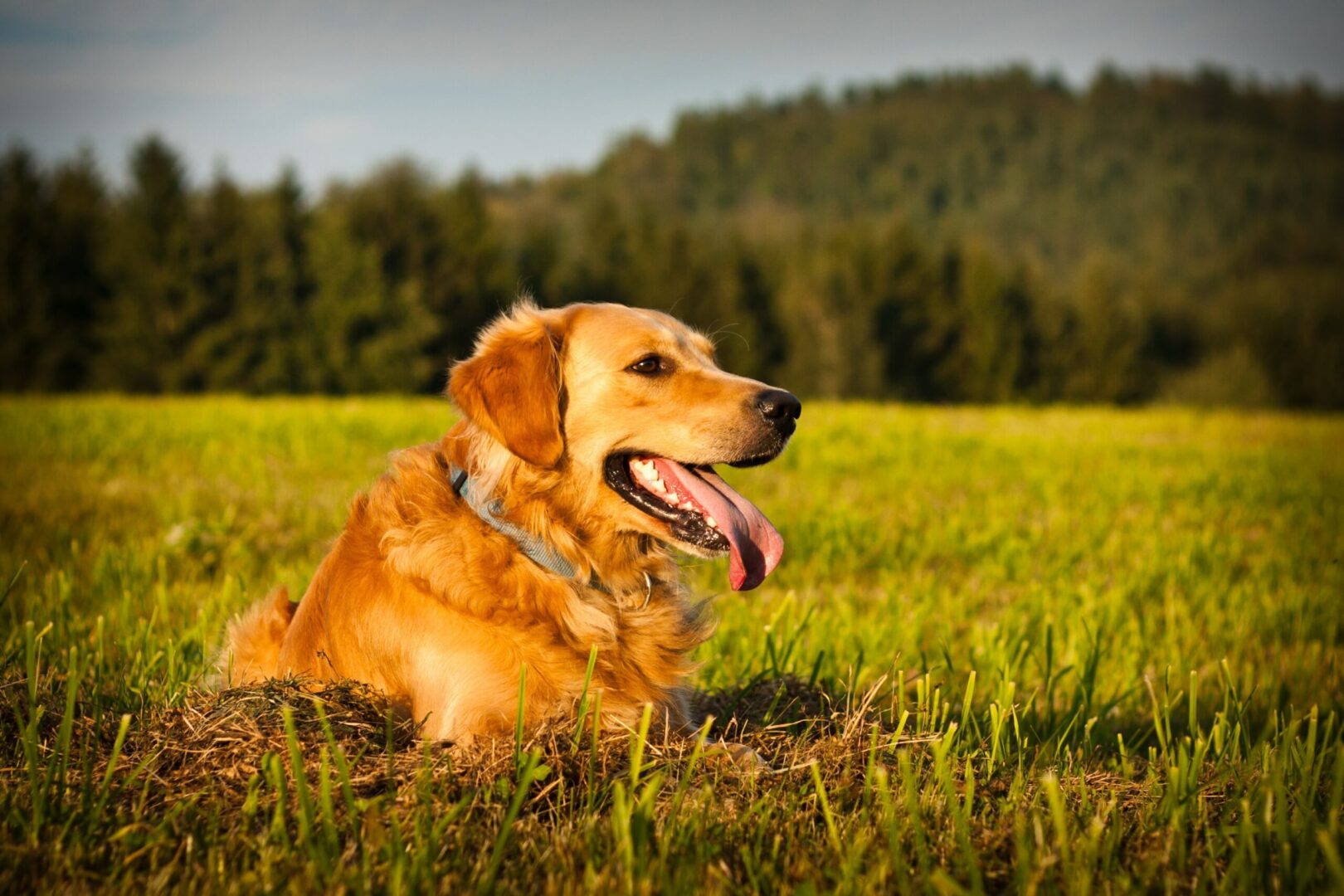
-
Gordon Setter
-
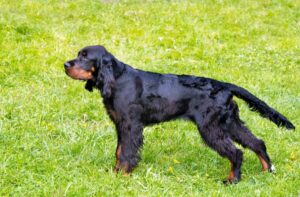
-
Irish Red and White Setter
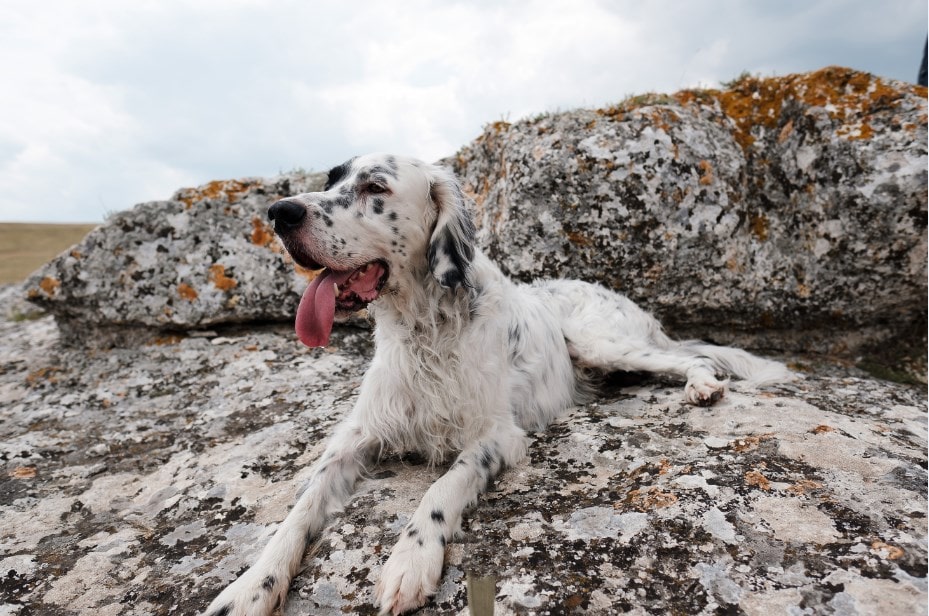
-
Irish Setter

-
Irish Water Spaniel
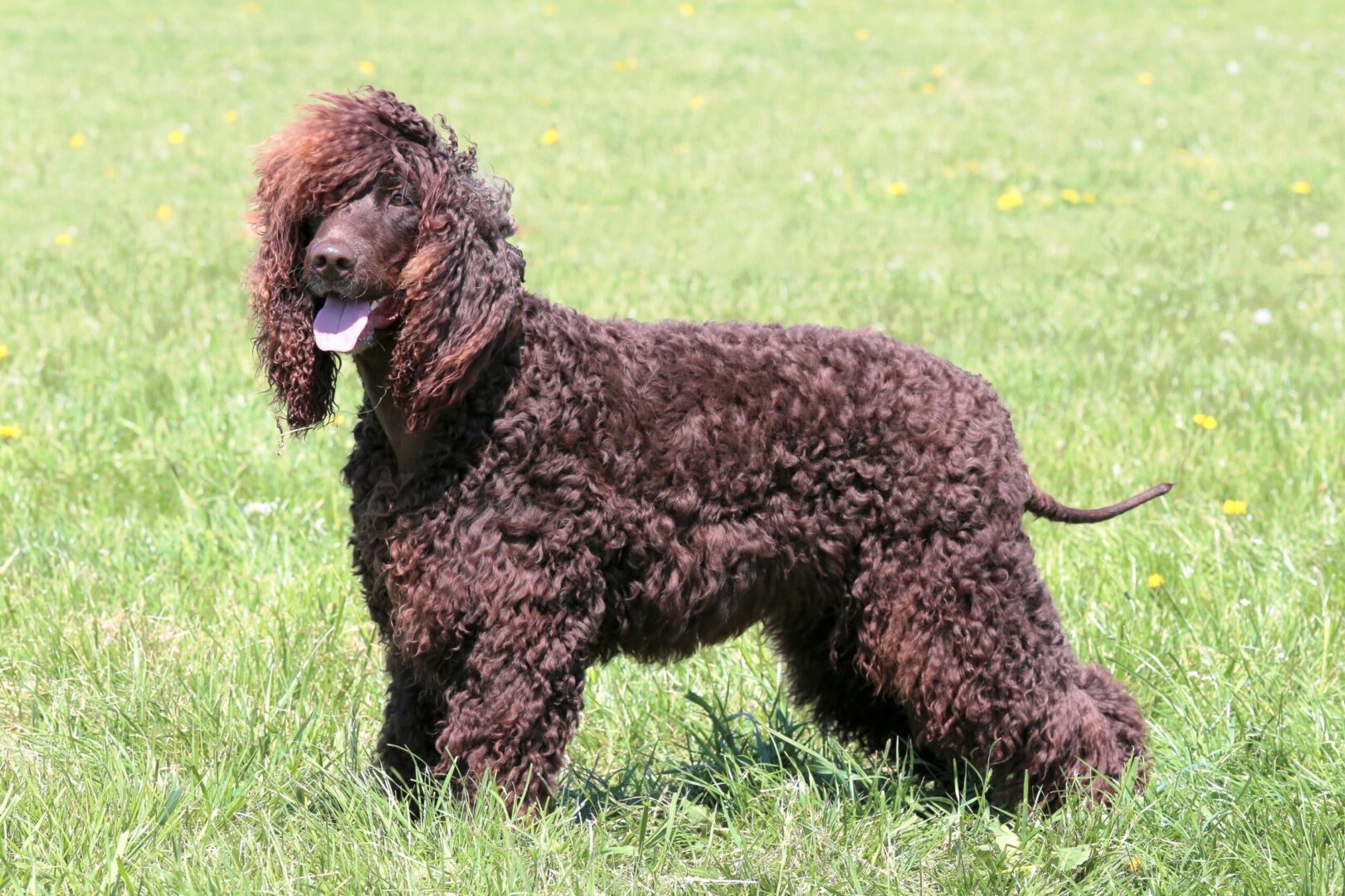
-
Labrador Retriever
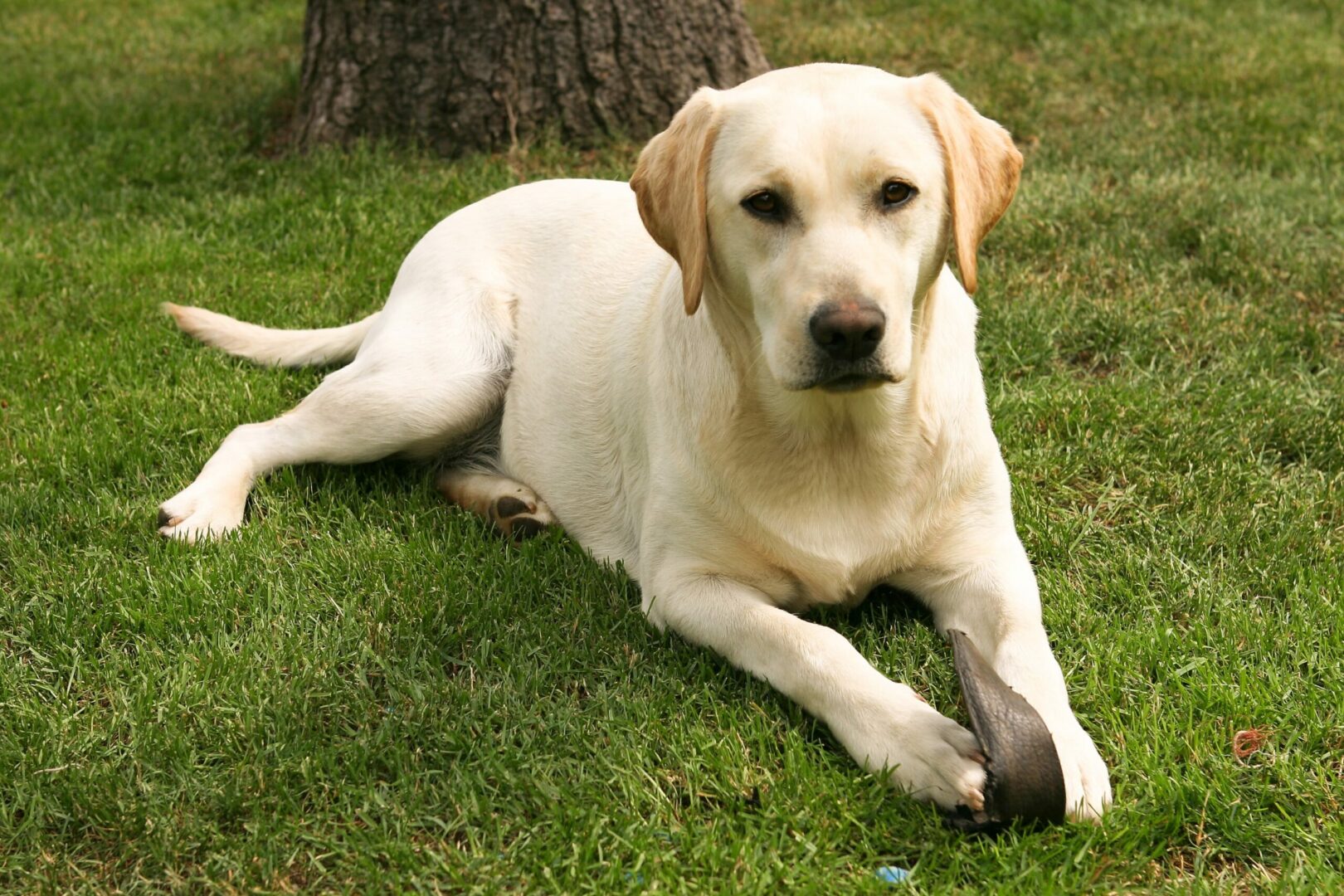
-
Lagotto Romagnolo

-
Nederlandse Kooikerhondje
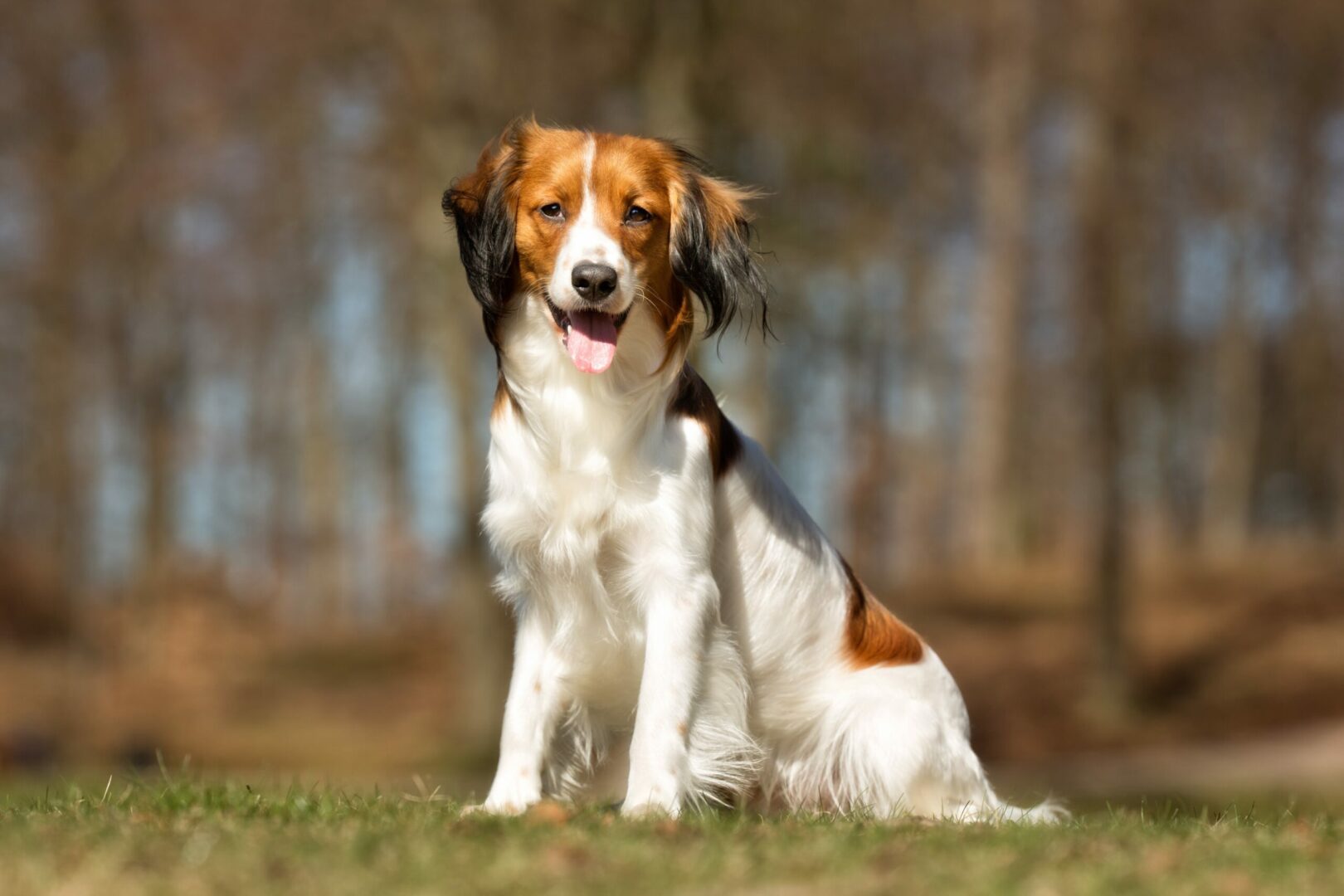
-
Nova Scotia Duck Tolling Retriever

-
Pointer
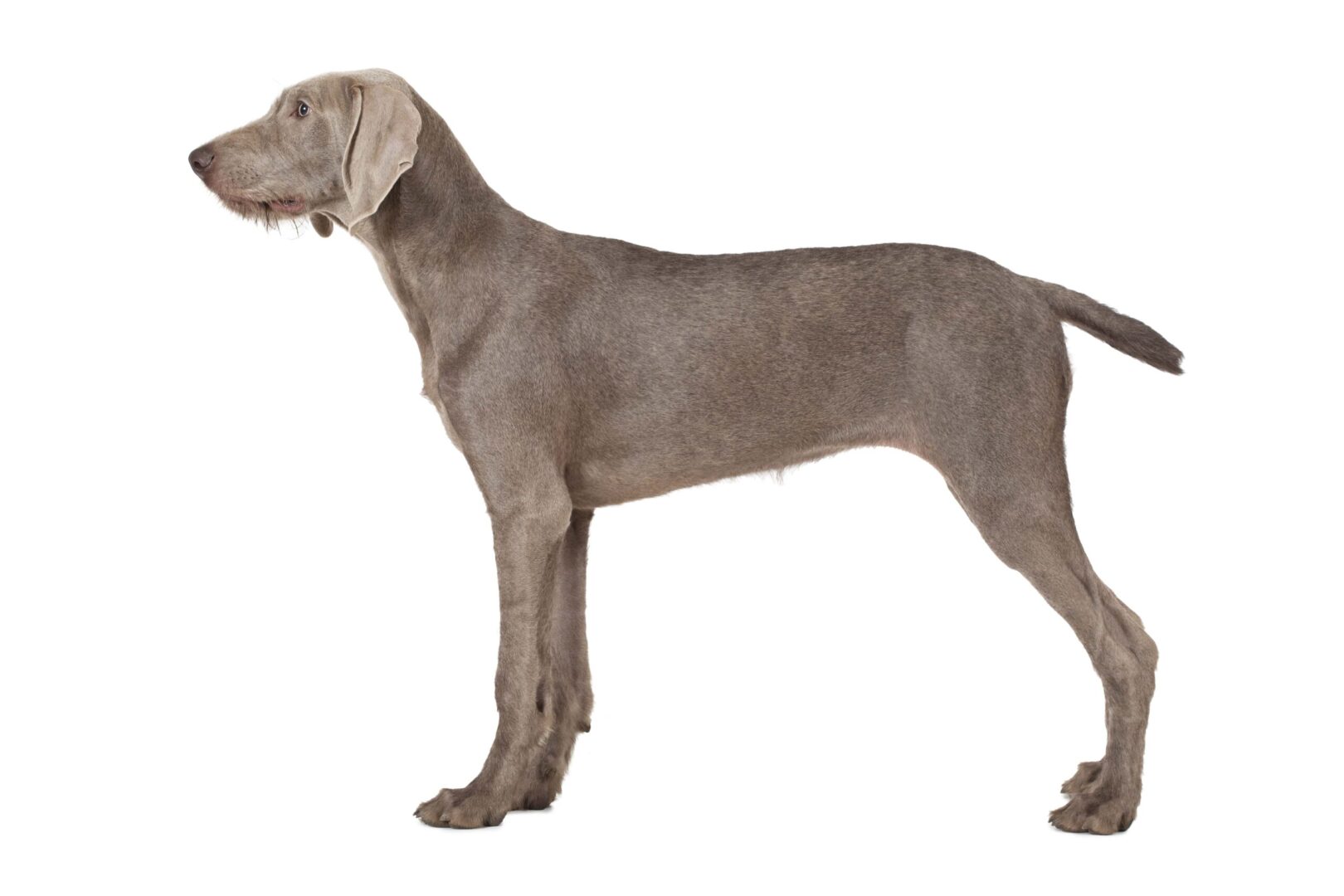
-
SpinoneItaliano
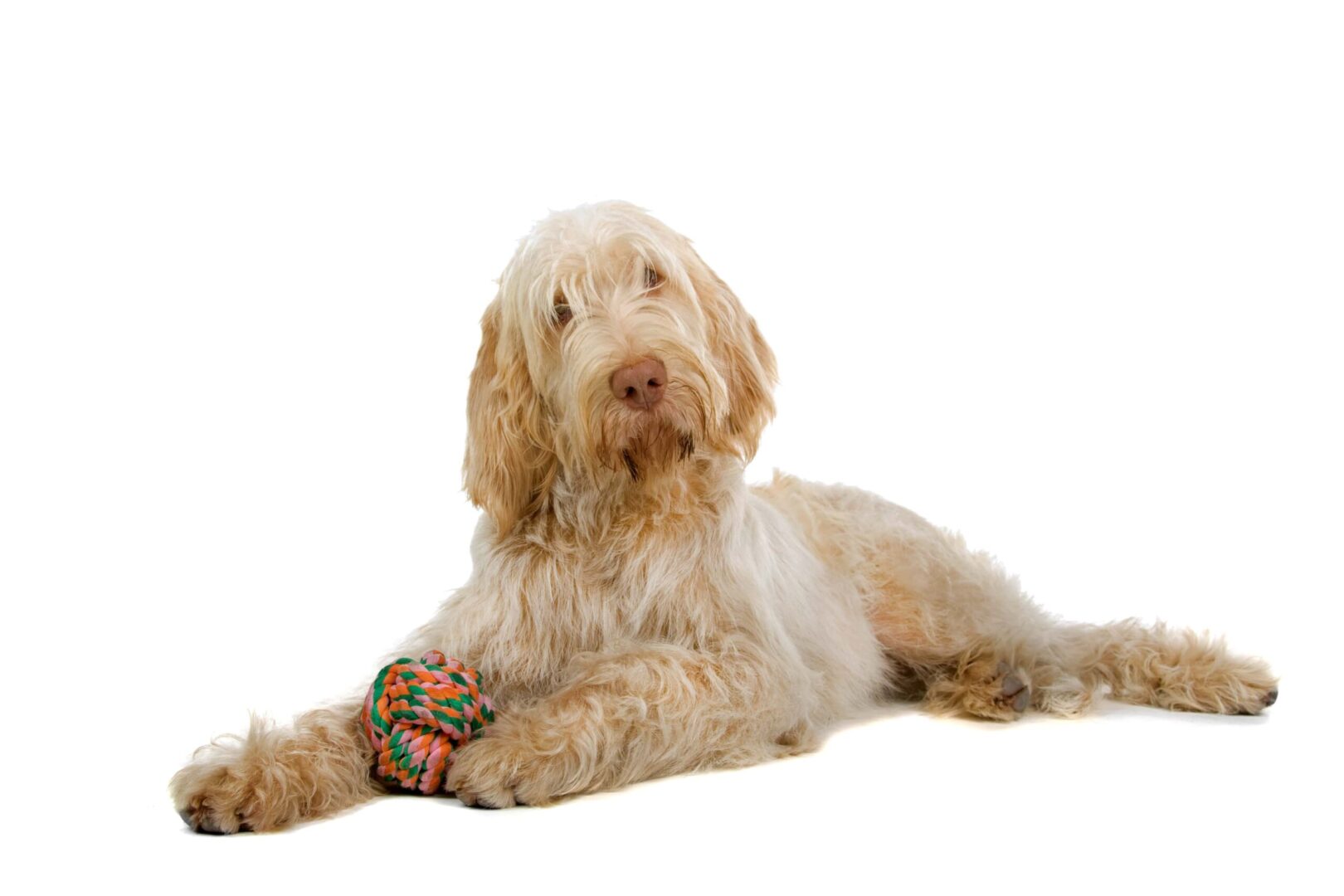
-
Sussex Spaniel

-
Vizsla
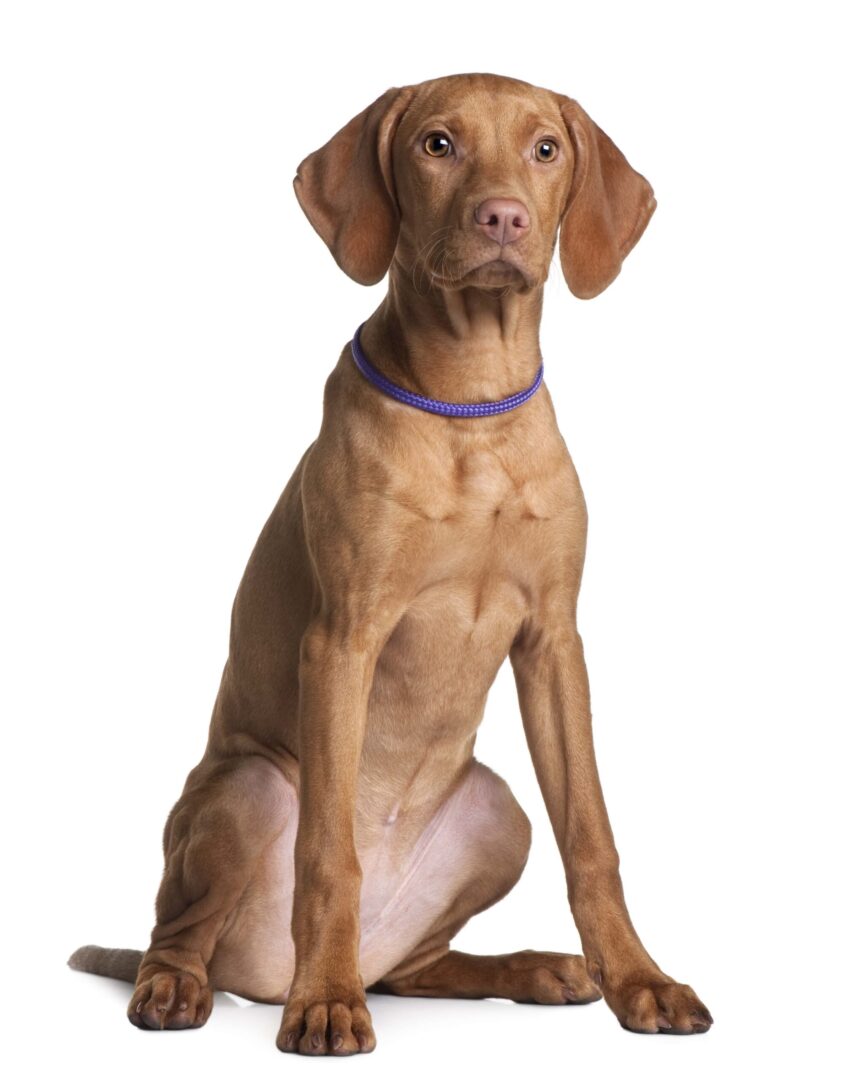
-
Weimaraner

-
Welsh Springer Spaniel
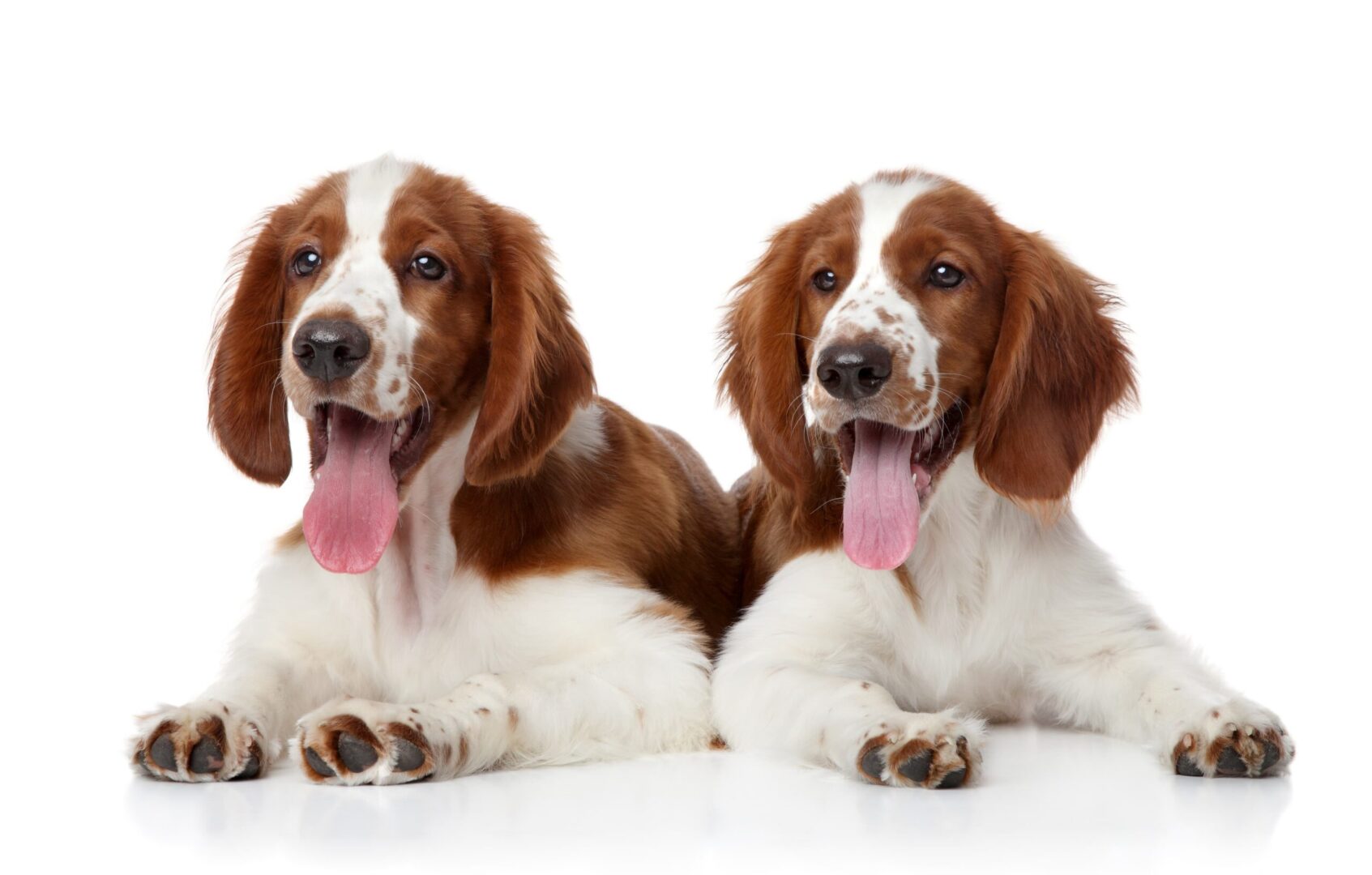
-
Wirehaired Pointing Griffon

-
Wirehaired Vizsla
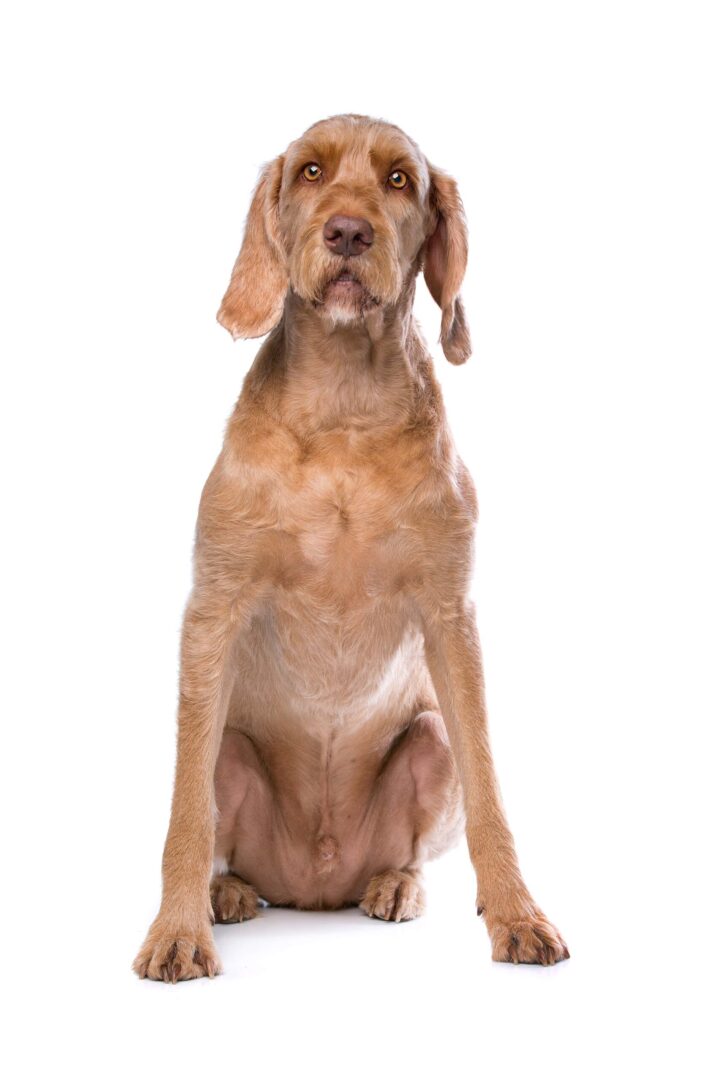
That is quite a group, and you probably noted it is one of the largest. It also has a lot of names that many of us might be unfamiliar with. In fact, the AKC itself says that very few people would be able to point out a Nova Scotia Duck Tolling Retriever, Curly-Coated Retriever, Irish Red and White Setter.
I don’t know about you, but I bet I’d be able to ID a Curly-Coated Retriever a lot quicker than a SpinoneItaliano, Lagotto Romagnolo, NederlandseKooikerhondje, or a Nova Scotia Duck Tolling Retriever to name a few! That’s why we’ll look closely at five (or a few more) of this group’s breeds before calling it a day.
Related Content:
Group Spotlight: The Working Group Dogs and 5 Unique Examples from the Group
Group Spotlight: The Toy Group and 5 Breeds You Might Not Know About
Group Spotlight: The Hound Group and 5 Unique Breeds Found Within It
Basics on the Sporting Group
Before looking at individual breeds, though, I want to learn a bit more about the group and what it would mean to choose to adopt one. Though each breed has its various pros and cons for those considering bringing a dog into the family, the groupings do help you to narrow down the seemingly endless options of the modern dog world. For instance, if you want a cuddly and highly portable companion, and one with a longer than average life expectancy, it would be the Toy Group where you should look. If you wanted someone active and ideally suited to an entire family, a Sporting Group dog is likely a good choice.In fact, the most popular family dog breed (at this time) in the U.S. is a member of the Sporting Group? Can you guess? It’s the ever adorable Labrador Retriever, of course!
So, why did the AKC opt to group these dogs into a “sporting” category? First things first, not all kennel clubs have a Sporting Group, though the most well-known (AKC, UKC, CKC and ANKC do maintain such groupings). And though we all think of the world sporting as emphasizing athletics, the origins of sporting groups are a bit different.
The original concept behind the word sport was hunting for entertainment, and this was something only the elite or royal would be able to manage. They would rely on the help of dogs and horses (as well as birds of prey and even certain kinds of weasels) to flush, chase and eventually retrieve their kill. Those early hunting dogs are actually the foundation of today’s different Sporting Groups. You’ll see the retrievers, spaniels, pointers and setters that once accompanied the privileged in most such groups.
And it is important to remember that the word sporting does also imply something other than a dog that can help with hunting. It implies a very active dog, too. So, if you are considering any of the Sporting Group breeds (or even a hybrid that includes them, like the Labradoodle), try to remember that you will need to keep up with these dogs. In other words, you and everyone in the household will need to be fairly active on a daily basis since these dogs are not idlers.
Choosing a Sporting Group Dog
Now, if you are attracted to a sporting dog because they are so trainable (after all, they MUST be if they are dogs that can retrieve a game bird without doing it any harm or opting to eat it!), gentle in nature and active, there are a few other things to consider.
They are some of the most trainable dogs, but as they were bred needing lots of mental and physical stimulation, they can end up with a lot of common training and behavioral issues. These can include:
- Digging
- Excessive attention seeking
- Boundless energy
- Animal chasing
- Separation anxiety
- Tugging at leads
- Aggression and dominance issue
- Chewing
This means that training has to begin early, along with socialization. The upside is that those who do take the time to train early and find ways to keep a dog active mentally and physically every day tend to have almost no issue. Yes, there are the exceptions, like the famous Marley of “Marley and Me,” but if you read between the lines you see that this was a dog that might not have gotten the mental stimulation he so badly needed.
Also remember that many of the Sporting Group breeds rank as some of the most popular breeds, in general. While that’s good, it can also mean that they have been over or poorly bred, which is why breeds like the American Cocker Spaniel and even Labs and Goldens might run into both behavioral and health issues. As one expert warned, “Some indiscriminate breeders have inflamed congenital problems by careless over breeding, and have created unstable temperaments through simple neglect. Be especially careful in finding a reputable breeder of these dogs.”
I was surprised to see this, and asked my mother (a long-time animal control officer) if she had run into a nasty Golden or Lab. “No,” she said, “But I’ve known two remarkably vicious Cocker Spaniels!” She went on to explain the frequent calls she would receive from shoppers at a local market who were nearly bitten by one of these dogs leaping out of the car window whenever someone passed! The owners had tried everything, including obedience training by professionals, but there was something in the dog’s mind that made it so mean, and all agreed it had to be a genetic flaw as this is one of the most popular family breeds.
If you are careful, though, you can find really wonderful purebred, Sporting Group dogs to adopt and which are likely to be a good fit in your household. If you are a swimmer, runner, walker or just generally active, you’ll have a great workout companion, too. And if the idea of working with a therapy dog appeals, some of the Sporting Group dogs are also ideal at this work!
5 Sporting Group Breeds You May Not Know
Though, as I already noted, there are the four main categories of sporting dogs: the pointers, retrievers, setters and spaniels, the list includes other names that are just as good in water or woodlands, and also in need of the same regular exercise and stimulation. However, some of these lesser known fellows are real “lookers” with unique builds, coats and faces that make them unforgettable once you do learn a bit about them.
I’m not going to lie – I had the worst time narrowing down the options of lesser known dogs to discuss. My initial list included a lot more than five, and featured the American Water Spaniel, Boykin Spaniel, Chesapeake Bay Retriever, Clumber Spaniel, Field Spaniel, Gordon Setter, Lagotto Romagnolo, NederlandseKookerhondje, Novia Scotia Duck Tolling Retriever, SpinoneItaliano, Sussex Spaniel, the Wire Haired Pointing Griffon and the Vizsla in plain and Wire Coated versions. Each of these dogs had a unique look and an appearance with which I (dog obsessed as I am) was not entirely familiar. However, I did manage to narrow the list, but encourage you to look up those we don’t cover because each was pretty adorable, appealing and worth considering if you are adopting a Sporting Group dog.
The Clumber Spaniel
Described by the AKC as “mellow, amusing and gentlemanly”, this is sturdily built dog with lots of visual appeal. Standing shorter and longer, with a larger head and rather droopy gaze, it was once the “hunting companion of kings”. It is the biggest of the flushing spaniels and noted as a bit of a drooler and shedder, but is also so sweet and laidback that it makes for the ideal family dog.
As is the case with many in the Sporting Group, this dog is very eager to please and noted as rather easily trained. Though it can be a bit wary of strangers, it is an almost non-barking dog that does not verbally alert unless absolutely necessary. In other words, don’t count on them as a guard dog! Great swimmers and able to play for hours, they love kids and are great companions to them.
This breed dates back before the 18th century in England where the first of this breed appeared in Clumber Park, Nottinghamshire and was also part of the first of the British dog shows in the 1800s. They were one of the first ten breeds in the AKC, too.
Bred for use in heavy cover, they rely on their long, low and bulky frames to make their way through any obstacles. They have enormous feet and are able to quickly push their way through even the densest bush or cover. They are typically white with lemon or orange markings, and wear the most dignified expressions that can, at times, border on comedic.
Caring for the Clumber is relatively easy, though their ears can be prone to infection due to the heavy and lowset design. They have heavy skin folds that might also need regular cleaning, and a weekly brushing is a good idea. They can be rather heavy shedders, so be sure to give those frequent brushings.
Though their sleepy-eyed expressions and lumbering builds make them seem like couch potato potentials, they are actually very active and need at least one long walk each day along with a bit of mental stimulation through active play. Get them trained early because they are on the “thinking” side of obedience and like to consider what it is they are being asked to do before they do it!
Though they are healthy dogs, they can be prone to a surprising number of issues. work with a good breeder to have your Clumber pup get a hip, elbow, and ophthalmologic exam as well as a PDP1 test. Additionally, be aware that they can be hypothyroid, and may develop eyelid issues. They can also grow a bit too quickly. Watch for signs of dysplasia at the hip and disc disease in the spine. Some may also be prone to Immune mediated hemolytic anemia, which is treatable.
If you enjoy the company of a mellow, low-slung dog with lots of strength and energy, but you also appreciate a dignified and reliable dog, then a Clumber Spaniel is likely to tug at your heart strings (and hold them!).
The Gordon Setter
I can easily ID an Irish Setter with its silky locks and bold red fur, but the Gordon Setter was a new one for me. With a rich and lush coat, long and beautifully colored, and that soulful Setter face, it is a real charmer. The AKC says that this breed is “affectionate, confident, and bold” and is also described as the “black avenger of the Highlands” and the largest of the setters.
Named after the Scottish aristocrat, this setter is much larger and more rugged than other examples of the setter group. They were made for the Highlands and the difficult conditions this setting offered. Bird dogs, they are noted for being resolute when in the field, but also for being remarkably loyal and devoted.
They stand at 23 to 27 inches at the shoulder and can weigh up to 80 pounds, with females running a bit smaller than males. They are distinguished by both their size and their beautiful colors – a rich and glistening black really draws the eye to the long coat, but darker tan markings on the ears, chest, tail, legs and belly create a lovely look. The hair is slightly wavy, and longer on the legs, tail, tummy and ears, with a bit of feathering that makes a Gordon seem to move even smoother and more fluidly than seems possible.
Naturally, that means they do need a bit of extra attention in the grooming department, with weekly brushing essential to avoid matts in that long hair. They are minimal shedders and may benefit from monthly grooming and bathing.
Bred as hunting dogs, they were also put to work as nannies! They are endlessly patient and can be asked to sit and cuddle just as much as they can be asked to do field work. However, they are movers and you cannot skip daily exercise. They are great with walking but love a good run. This is also that rare breed that can “self-exercise” if left in a fenced in and secure yard. However, this is a dog that is happiest when with its people, so do not expect them to be comfortable if left alone or outdoors on their own for a long time.
The Gordons train very well and you’ll want them to have mastered “come” very early in life because they are hunting dogs! They are eager to please their humans, but you may need to work hard as they can lose focus if there is something a bit more exciting nearby. Puppy obedience classes is an ideal choice to help them socialize and get basic training down pat.
As is the case with most Sporting Group dogs, the Gordons are very healthy, but may have a few issues that owners need to be aware of, including a tendency towards bloat if exercised to soon before or after eating. They can develop cancer in their senior years and may be prone to elbow and/or hip dysplasia. They can also have some eye issues, so be sure to have them evaluated for such issues and to get a PRA Optigen DNA test to determine other potential risks.
With their wonderful temperaments, amazing good looks, robust health, and compatibility with kids and other animals, the Gordons are great family dogs, but are also the ideal companion for a single person who is eager for a workout buddy and evening snuggle bug.
The Nova Scotia Duck Tolling Retriever
That name is a bit of a mouthful, and many might not ever recognize it, or the sweet little dogs it describes. Standing around 20 inches at the shoulder and weighing no more than 50 pounds, they are the smallest of the AKC retrievers. They are described as “affectionate, intelligent and outgoing,” and also as a breed that will play fetch until your arm falls off, and then ask you to just use the other arm to continue!
Nicknamed “Tollers”, they are “gun dogs” that sport a beautiful golden red to dark copper coat with white markings on the face and chest. Incredibly athletic, they are excellent swimmers and love to spend any amount of time outdoors. However, adopt them with caution because they are “recommended only to those with enough time and energy to keep them usefully occupied”.
The history of the Tollers is intriguing, and they were once called the Decoy Dog by the 1800s-era sportsmen who first began breeding them in the Little River District of Nova Scotia. They were raised to use a rather alternative method of hunting in which the dogs were used as decoy foxes along the waters edge where game birds swam nearby. As bizarre as it seems, water fowl are (apparently) attracted to foxes and will come within firing range to watch them. Because the dogs were taught to behave in the manner of foxes, and because they have the same coloring and sizing, they were a success with hunters who could bag wild duck, geese and more.
The “tolling” in their name is actually a Middle English term that means to summon, and this is just what the dogs managed to do! Once a hunter hit their mark, the dogs just swim out and retrieve the game to bring to their master. Another of the Sporting Group does this nifty little trick (the NederlandseKooikerhondje), though they are not as foxily colored as the Tollers). Do they still do this? Absolutely and the breed remains one of the most trainable of all breeds, eager to please and ready to learn and do new things. They are also known for giving 100% to whatever it is they are doing, so being ready to offer them training and even competition opportunities will make for a very happy Toller. They do best with a daily walk and some game playing, but try them out with flyball, agility or field work if you are not a hunter.
Outgoing and friendly, they tend to bond closely with one person, though do perfectly well in a family. They are a healthy breed but can develop unusual issues like Addison’s disease later in life. They may also develop other autoimmune issues, eye and heart conditions, and dysplasia, though these are not common. Have them evaluated for such issues and get a PRA Optigen DNA test as well as a JADD DNA test to be aware of any risks.
Curious dogs with only a hint of stubborn independence, they are excellent companions for the most active people. They love to learn, so if you are eager to have a dog that does lots of training and competitions, the Toller is for you!
The Wirehaired Pointing Griffon
A living teddy bear is probably one of the first things you will think of when you gaze into the face of the Griffon. Described by the AKC as “friendly, devoted and trainable,” this is a gun dog that stands out for its quick witted nature and its amazingly sweet disposition.
Noted as medium sized dogs that stand around two feet at the shoulder, they have a very harsh coat that makes them look a bit disheveled at all times. If you like a scruffy fellow in the home, you’ll love the look of the Griffon. They are often a sort of steely grey on the body with brown markings, and even brown faces accented by the richest, sweetest eyes you might ever see. They sport bushy mustaches and eyebrows that only add to their charming good looks, and even this feature needs little grooming. So, if a lower maintenance dog was on your list, the Griffon should be a serious competitor.
First emerging out of Europe in the 19th century, they are thought to be the result of breeding work done by a Dutch banker named Eduard Korthals. He crossed dogs that were excellent pointers and dogs that were excellent birders on water. The result is this pointer with webbed toes ideally suited for swimming and retrieving – the ideal two for one! Few other Sporting Group breeds can so easily fall under two such descriptors – pointer and retriever.
However, this breed is also particularly adept in such tough conditions as swamps and marshes where the wiry coat and webbed feet help to keep them stable and in control. And what does the Griffon look like? They have a squarer head and longer limbs that give them the ability to easily cover ground. They are remarkably graceful on land or in the water, and they are typically groomed to sport a gorgeous beard and dense eyebrows. Though they are that standard grey, you’ll find them as brown/gray, chestnut/grey, brown, chestnut, white, white/brown, and white/ orange with roan or ticked markings.
They shed only minimally and feature that outer, wiry coat with the softer undercoat. They need weekly brushing and periodic trims around the ears and the feet. They are prone to ear infections if they are allowed to swim frequently, so add a weekly ear cleaning to the routine.
The Griffon is one of the most social dogs and wants a lot of time, training and attention from its human companions. They must not be kenneled or left outdoors, because this may lead to behavioral issues. Their high intelligence paired with that social nature can force the bored or frustrated Griffon (which is going to be very powerful as an adult dog) to become destructive. So, a long daily walk and a bit of play time as well as early training (and ongoing training) will keep them happy.
In fact, they love to train and learn, and are eager to please. This makes them ideal for field trials, obedience training and other activities.
Sadly, there are a few health issues with the breed, including hip and elbow dysplasia, and you’ll want a breeder who offers OFA or PennHIP clearances. You should also seek ophthalmologist evaluations as eye issues can occur, as well as some thyroid and heart issues.
With proper screenings and a good breeder, you can easily find a health pup who will give you ten or more years of amazing companionship. When exercised and given enough mental stimulation each day, the Griffons have long been noted as one of the most pleasant and appealing dogs to own.
The Non-Spaniel, Setter, Pointer or Retriever Option
We’ve considered dogs with names that feature the four main categories in the Sporting Group, and now I want to look at, at least one, of the other breeds, starting with the Lagotto Romagnolo. Known as a “truffle dog”, this adorable, curly haired pup has the looks of a poodle hybrid or a water dog, and yet the AKC describes them as an entirely unique breed with very unusual traits.
Firstly, the LR is known as being “affectionate, keen and undemanding,“ which itself is rare of the Sporting Group dogs that can require a lot of training and attention. They date back to the Renaissance period in Italy when they were first bred as water dogs and retrievers able to get water fowl for their masters. Yet, what soon emerged was their keen sense of smell that allow them to detect the irresistible aroma of truffles. Though other breeds are taught to scout out these delicacies, the LR is thought to be one of the most intuitive and sensitive to this “prey”. In fact, they are the only breed noted as a truffle dog. Interestingly enough, though they stand out as truffle dogs, the LR is actually also believed to be the first water dog from which all others descend!
People in Italy call this breed “carino” or cute and that is 100% true of the LR. They have silky soft, wooly curls, a bowl-shaped head, and a rich beard balanced out by whiskers and eyebrows. Their fur is described as human-like in its softness or its wool-like texture. It forms soft curls all over the dog’s body – including the face and cheeks. Clipping the coat to 2 inches keeps it in the most manageable condition, and this dog should not be brushed out. The waterproof coat rarely sheds and needs only that periodic trim. If your LR forms mats, get to the groomer more often, but try not to do a lot of brushing.
Just like the rest of the group, the LR wants a lot of activity each day. They are not overzealous about exercise but are happiest with at least 30 minutes of physical activity and that same amount of time spent in a bit of mental activity, such as playing games or doing some training. They are happiest with their families, so don’t leave this breed on its own. In fact, their alert nature and lively personalities make them ideal for training and competitions, including obedience and agility events. You might also let them use their super sniffer to do some scent training or even get them into some sort of search and rescue training, since they’ll excel at it.
These guys are very healthy but can develop some conditions, including epilepsy, hip or elbow dysplasia, and eye issues. Get evaluations from the breeder and also ask for a Lagotto Storage Disease DNA Test and Benign Familial Juvenile Epilepsy DNA Test
Be sure to socialize your pup and spend time each day giving them something to think about, and you are sure to have a ridiculously cute companion for years to come.
A Few Extras
I told you that I wanted to squeeze in a few more for this group since they are such a large group and because there are so many lesser known breeds within it. For example, the Sussex Spaniel, which is so show-stopping cute that I want you to use the link to look at the AKC’s photos of it right now. Don’t worry…I’ll wait for you to return.
You see what I mean? This is easily one of the most adorable faces in all of the dog kingdom and it sits atop a body that is stout, both short and long, and is a bit too big, which gives it a ton of charm. And since the breed is also described as “friendly, merry, even-tempered…placid, affectionate… true-blue, loyal” it has even more appeal.
Noted as a slow but steady hunting dog, they are compared to torpedoes in their size and shape, standing just 15” at the shoulder and weighing less than 50 pounds. They are strongly built, though, with deep chests and sturdy shoulders, but you might not notice it thanks to their silky and long coats in a classic golden and liver hue. They have a spaniel’s head and the long, wavy ears, as well as those soulful eyes that are both bright and yet serious.
Described as cheerful, their relatively somber expressions can make them a bit comical. Yet, they are not bred to be clowns. Instead, they were bred to be able to make their way easily through thick hedges and undergrowth and tramp for long hours on the heavy clay soil of the Sussex countryside that gives them their name. They have a tremendous vocabulary and are known for barking and babbling in a way that their human companions soon come to understand.
They have been around since the 1800s and are stand outs in the spaniel group because of their keen sense of smell that makes them ideal as partners in upland hunting excursions. Yet, they are not supposed to get too much exercise in their first year of life because they are slow growing as well as naturally slow moving. Long and gentle walks alternating with swimming and gentle games are great for pups and obedience training should begin early, too.
Smart dogs with an eagerness to learn, they are one of those rare breeds that will never, ever forget a harsh word or rough handling – even once – so they are best reserved for the more experienced dog owners. Sadly, though, they are not the best breeders and their numbers are quite low. You may find you have to wait for a pup from a reputable breeder, but if you are fortunate enough to obtain one, you can anticipate many years of absolutely adorable, sweet natured, loyal and obedient companionship.
There is also the amazingly beautiful SpinoneItaliano, which is a breed known for its sociable, patient and docile nature. Built for speed, it has a beautifully, shaggy coat and some of the softest and sweetest eyes in the dog world. Paired with a shaggy beard and eyebrows, and colors ranging from white to roan and a blend of both, it is a bright and silky soft companion. One of the oldest field dogs in Europe, it is able to retrieve on water or land and has an amazing sense of smell.
Okay, I’ll put an end to may praise for a group I once wanted to avoid! The Sporting Group now has my loyalty since it is populated with a lot of super smart, gentle, loyal and dedicated dogs who fit into the world of humans in many ways. They can be therapy dogs, hunt truffles and babysit kids…what’s not to love about this group!
Related Content:
Group Spotlight: The Working Group Dogs and 5 Unique Examples from the Group
Group Spotlight: The Toy Group and 5 Breeds You Might Not Know About
Group Spotlight: The Hound Group and 5 Unique Breeds Found Within It
Sources
https://www.akc.org/dog-breeds/sporting/page/2/
https://www.akc.org/expert-advice/lifestyle/what-are-breed-groups/
http://www.animalplanet.com/breed-selector/dog-breeds/sporting-dogs.html
https://www.akc.org/dog-breeds/clumber-spaniel/
https://www.akc.org/dog-breeds/gordon-setter/
https://www.akc.org/dog-breeds/nova-scotia-duck-tolling-retriever/
https://www.akc.org/dog-breeds/wirehaired-pointing-griffon/
https://www.akc.org/dog-breeds/lagotto-romagnolo/

